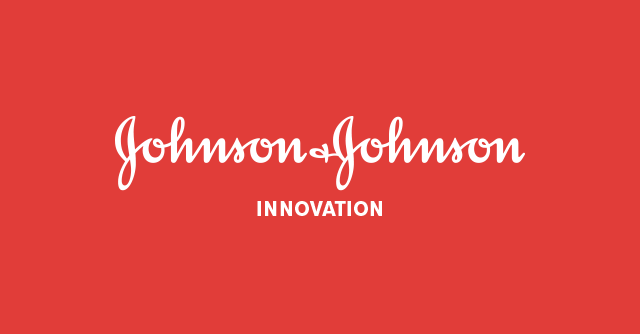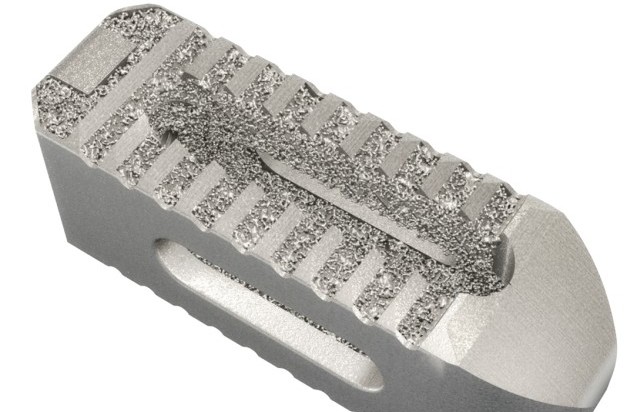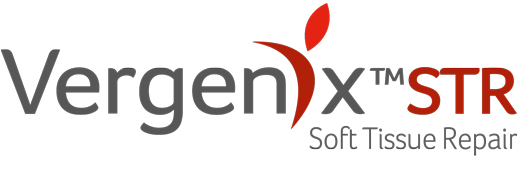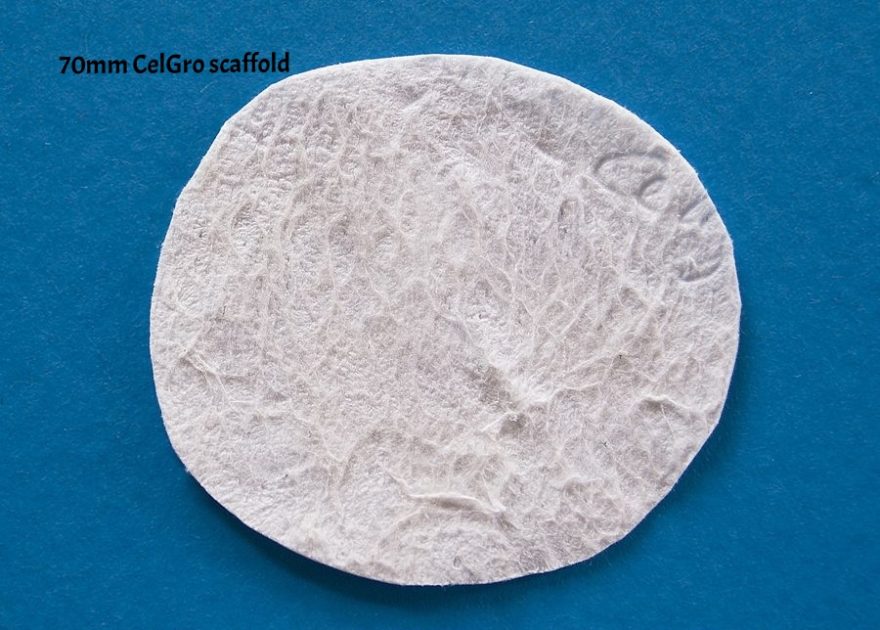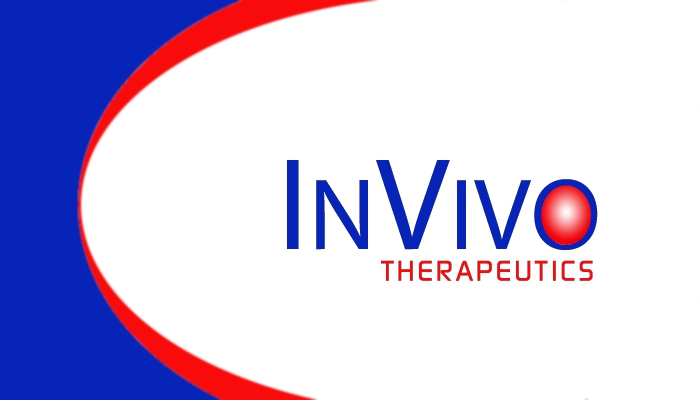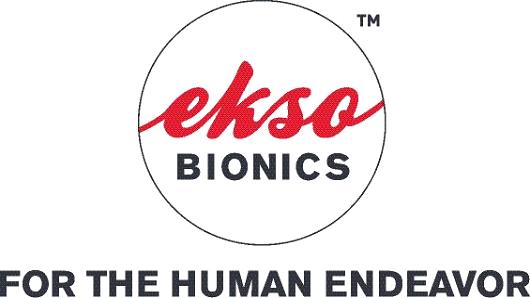HOUSTON, Oct. 18, 2016 /PRNewswire/ — Johnson & Johnson Innovation LLC (JJI) today announced the creation of the Center for Device Innovation at Texas Medical Center (CDI @ TMC), a broad, new collaboration between JJI and TMC that aims to accelerate end-to-end development of breakthrough medical devices. This expands on JJI’s collaboration with TMC established earlier this year with the opening of JLABS @ TMC, combining the resources of the world’s largest medical complex with the capabilities of the Johnson & Johnson Medical Devices Companies*, to advance the health and well-being of people around the globe.
William E. “Billy” Cohn, M.D., an internationally renowned cardiac surgeon and serial medical device entrepreneur will lead the CDI @ TMC. Dr. Cohn recently joined the Johnson & Johnson Medical Devices Companies from the Baylor College of Medicine and the Texas Heart Institute (THI), where he was the Director of THI’s Center for Technology and Innovation and the Cullen Cardiovascular Research Laboratory. In his role as Director of the CDI @ TMC, Dr. Cohn will work on cutting-edge internal research and development projects for the Johnson & Johnson Medical Devices Companies and with external entrepreneurs and innovators.
“By creating a nexus for innovation, where scientists and engineers of the Johnson & Johnson Family of Companies can collaborate with academicians, expert clinicians, and external entrepreneurs to leverage the unique size, scope, and capabilities of TMC’s member institutions, we are confident that we can dramatically enhance health care around the world,” said Paul Stoffels, Chief Scientific Officer of Johnson & Johnson.
The CDI @ TMC will include multiple components that will accelerate the development of new medical technologies from concept through commercialization, including a new medical device engineering studio housed at the TMC Innovation Institute. This state-of-the-art “maker space” will be home to R&D staff of the Johnson & Johnson Medical Devices Companies and will be used to accelerate both select internal projects and strategically aligned ventures of JJI partner companies. The facility will allow rapid prototyping and “fast failure” for early and mid-stage development. Through a series of collaborative agreements, the CDI @ TMC will also have broad access to the preclinical facilities of Baylor College of Medicine, Houston Methodist Research Institute, and THI that will permit the testing of novel devices for any organ system or disease-based application.
“We are eager for the opportunity to expand our collaboration with Johnson & Johnson Innovation,” said Robert C. Robbins, M.D., President and CEO, TMC. “Working together, we are creating a globally competitive innovation ecosystem here, and the new Center for Device Innovation @ TMC will enable us to expeditiously bring discovery and innovation to fruition, directly improving the health of patients.”
In addition to investing in a world-class innovation facility, JJI’s partnership is expanding innovation collaborations among several TMC member institutions. The alliance with Baylor College of Medicine will foster scientific discovery and promote the commercialization of medical devices using an open innovation model. The collaboration with Houston Methodist Research Institute will facilitate translational research activities in the anticipation of rapidly moving into human clinical trials. To this end, R&D staff and JJI partner companies will also have the use of the Methodist Institute for Technology, Innovation, and Education (MITIESM), a virtual hospital and hands-on clinical training facility, which develops strategies to optimize the introduction of novel device technologies into clinical practice. The relationship with Texas Heart Institute will deepen the scope of research currently devoted to surgical medical devices used to treat patients, helping to make more options commercially available. JJI will join forces with the TMC Clinical Trials Institute to develop and test new paradigms for accelerated medical device clinical trials. Lastly, the CDI @ TMC will have an affiliation with TMC Biodesign, a one-year innovation fellowship program, where Dr. Cohn will continue in his role as a faculty member.
* Comprising the surgery, orthopaedics, and cardiovascular businesses within Johnson & Johnson’s Medical Devices segment.
About Johnson & Johnson Innovation LLC
Johnson & Johnson Innovation LLC focuses on accelerating all stages of innovation worldwide and forming collaborations between entrepreneurs and Johnson & Johnson’s global healthcare businesses. Johnson & Johnson Innovation LLC provides scientists, entrepreneurs and emerging companies with one-stop access to science and technology experts who can facilitate collaborations across the pharmaceutical, medical devices and consumer companies of Johnson & Johnson. Under the Johnson & Johnson Innovation umbrella of businesses, we connect with innovators through our regional Innovation Centers, JLABS, JLINX, Johnson & Johnson Innovation – JJDC, Inc. and our Business Development teams to create customized deals and novel collaborations that speed development of innovations to solve unmet needs for patients. For more information please visit: www.jnjinnovation.com.
Cautions Concerning Forward-Looking Statements
This press release contains “forward-looking statements” as defined in the Private Securities Litigation Reform Act of 1995 related to a new collaboration and product research and development. The reader is cautioned not to rely on these forward-looking statements. These statements are based on current expectations of future events. If underlying assumptions prove inaccurate or known or unknown risks or uncertainties materialize, actual results could vary materially from the expectations and projections of Johnson & Johnson Innovation, LLC, the Johnson & Johnson Medical Devices Companies and/or Johnson & Johnson. Risks and uncertainties include, but are not limited to: the potential that the expected benefits and opportunities related to the collaboration may not be realized or may take longer to realize than expected; challenges inherent in new product research and development, including the uncertainty of clinical success and obtaining regulatory approvals; competition, including technological advances, new products and patents attained by competitors; uncertainty of commercial success for new products; the ability of the company to successfully execute strategic plans; impact of business combinations and divestitures; challenges to patents; changes in behavior and spending patterns or financial distress of purchasers of health care products and services; and global health care reforms and trends toward health care cost containment. A further list and description of these risks, uncertainties and other factors can be found in Johnson & Johnson’s Annual Report on Form 10-K for the fiscal year ended January 3, 2016, including in Exhibit 99 thereto, and the company’s subsequent filings with the Securities and Exchange Commission. Copies of these filings are available online at www.sec.gov,www.jnj.com or on request from Johnson & Johnson. Johnson & Johnson Innovation, LLC, the Johnson & Johnson Medical Devices Companies and Johnson & Johnson do not undertake to update any forward-looking statement as a result of new information or future events or developments.
Media Contact
Ryan Flinn
Johnson & Johnson Innovation
+1 510-207-7616
rflinn1@its.jnj.com

